Mild, earthy, and creamy – these two beans may both be staples in the bean world, but can they be used interchangeably? Black beans vs. pinto beans – let’s break it all down!
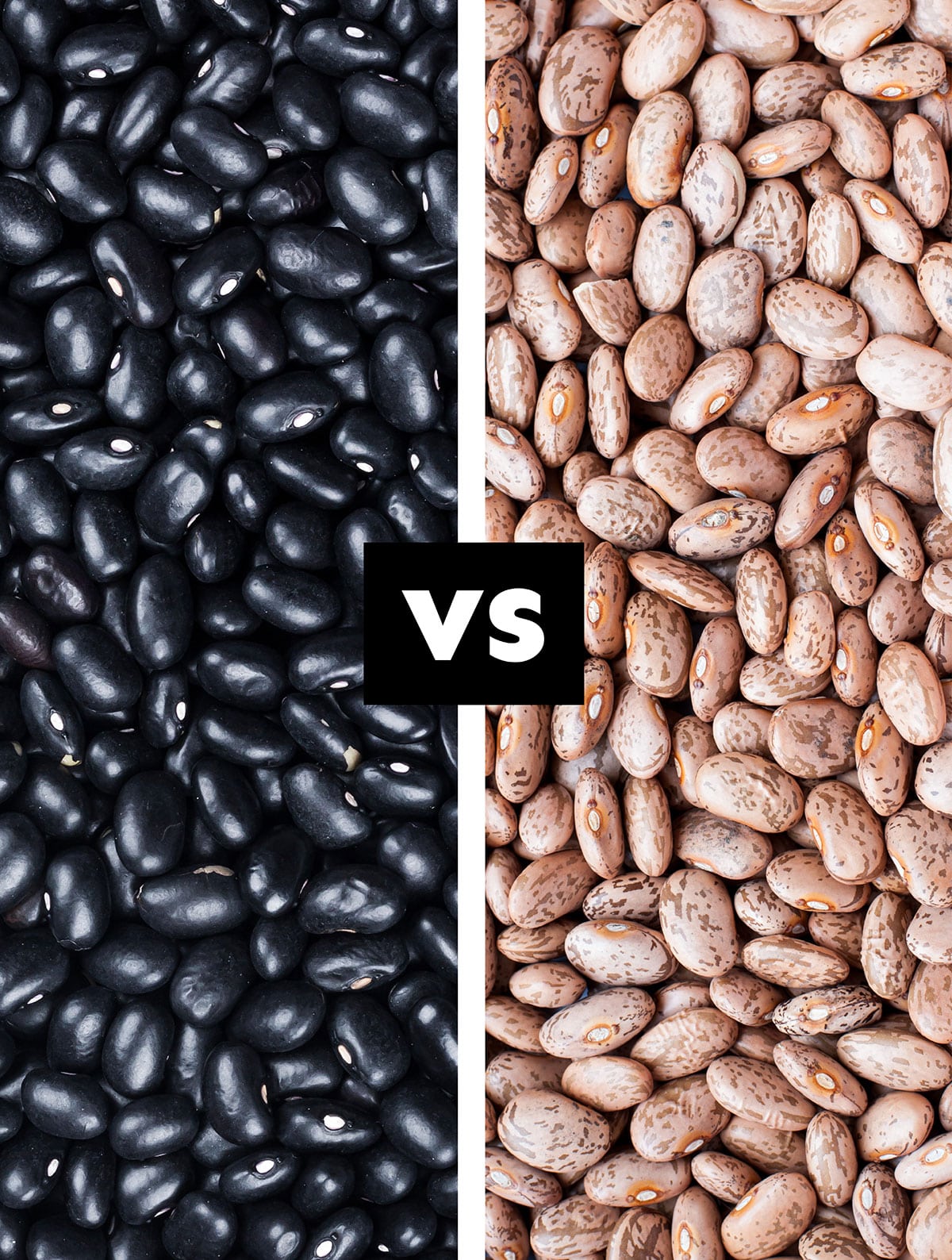
When it comes to beans, there are so many types of beans to choose from. Two of the most popular varieties are black beans and pinto beans. While they have some notable differences in appearance, taste, and texture, they are both great culinary options.
In this article we’ll compare and contrast these two delicious types of legumes to help you decide which one is right for your next dinner plan.
Bean Trivia!
For how many years have people been cultivating pinto beans? Head to the bottom of the post for the answer.
What Are Black Beans?
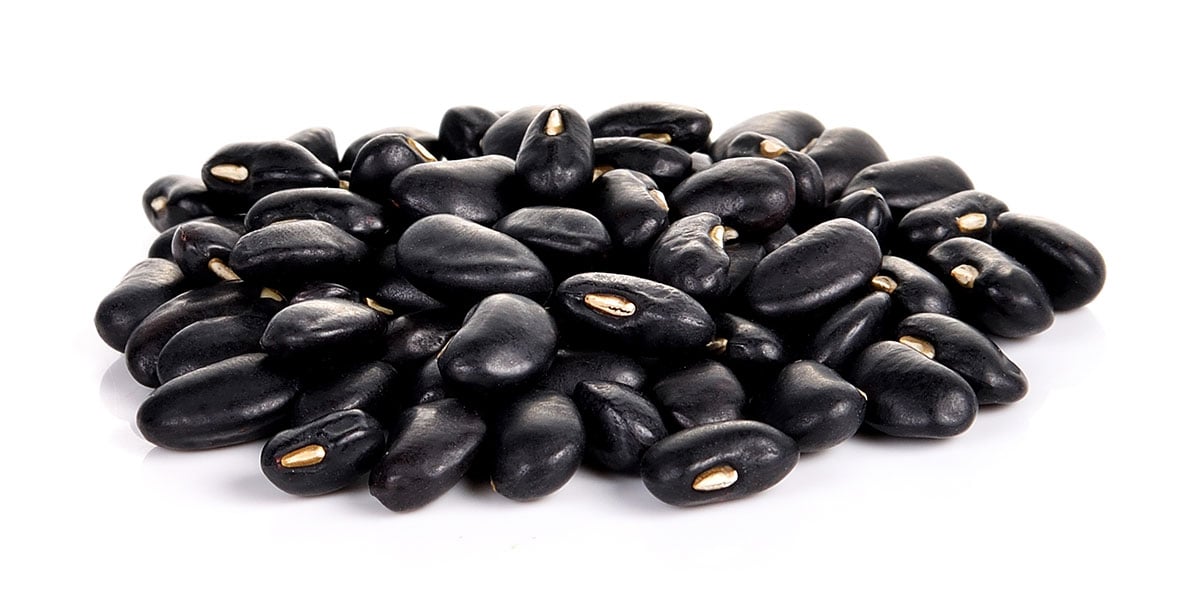
Black Beans are native to South America, and are commonly used in Latin American, Cajun, and Creole cuisines, though their use far exceeds these three popular styles. They are quite versatile, and have become an American favorite. Ready to get cooking? Here’s how to cook black beans!
What Are Pinto Beans?
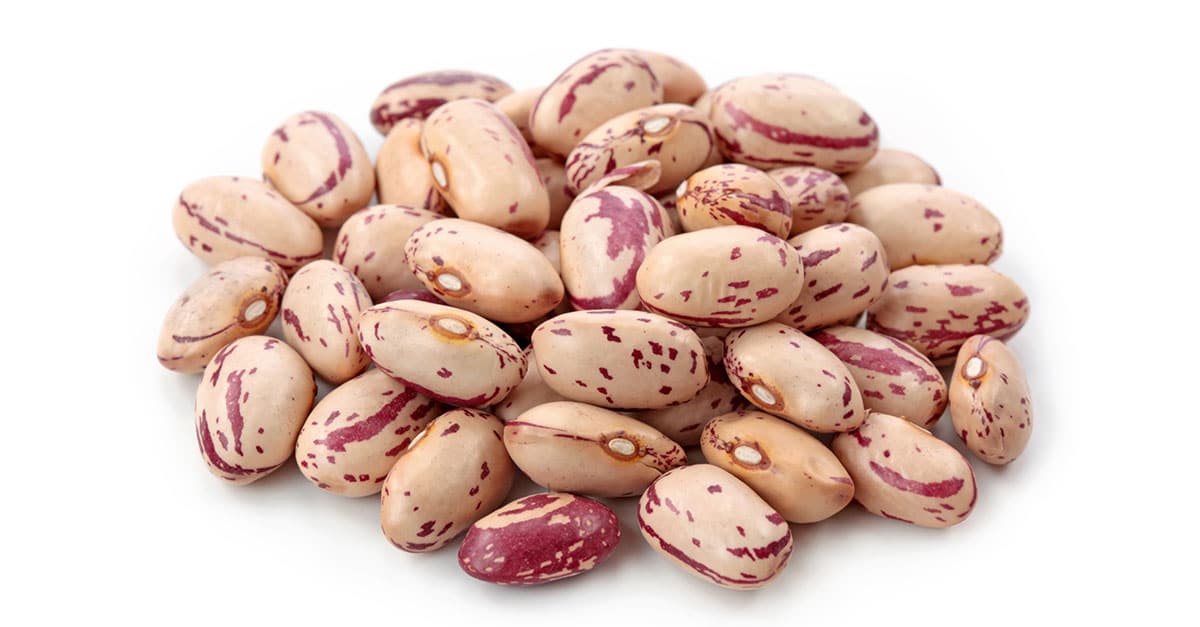
Pinto beans are a variety of common bean, and probably the most popular bean in both Mexico and the U.S. Southwest. They are often eaten whole, but also mashed to make refried beans, the ubiquitous side dish at many U.S. Mexican restaurants. You no doubt eat them routinely in burritos, tacos, or most Mexican cuisine. We love cooking them from dried (here’s how to cook pinto beans). Try them in this Mexican Bean Salad!
Taste Differences
Black beans and pinto beans both have a mild, slightly nutty flavor, but their taste profiles differ in some ways. Black beans have a slightly sweeter flavor, while pinto beans are creamier and have a milder taste. When it comes to their culinary applications, black beans are often used in Latin American cuisine, while pinto beans are commonly found in Mexican dishes.
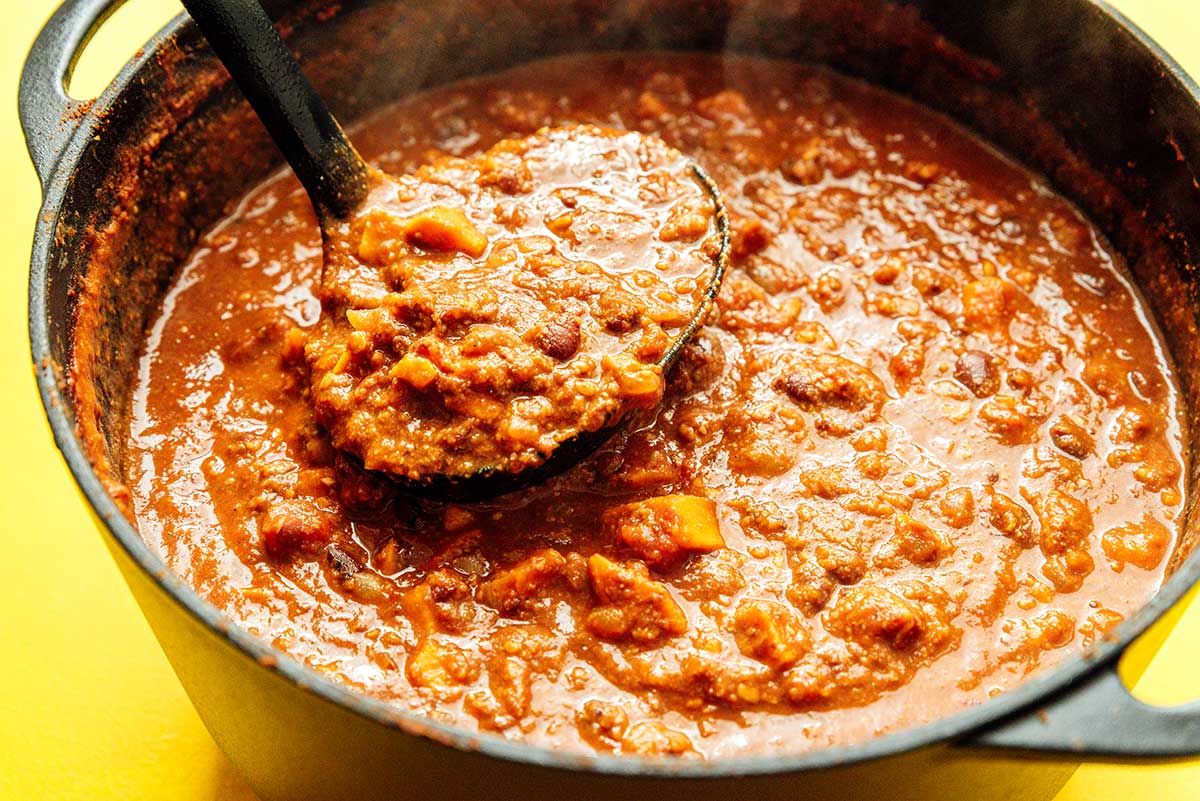
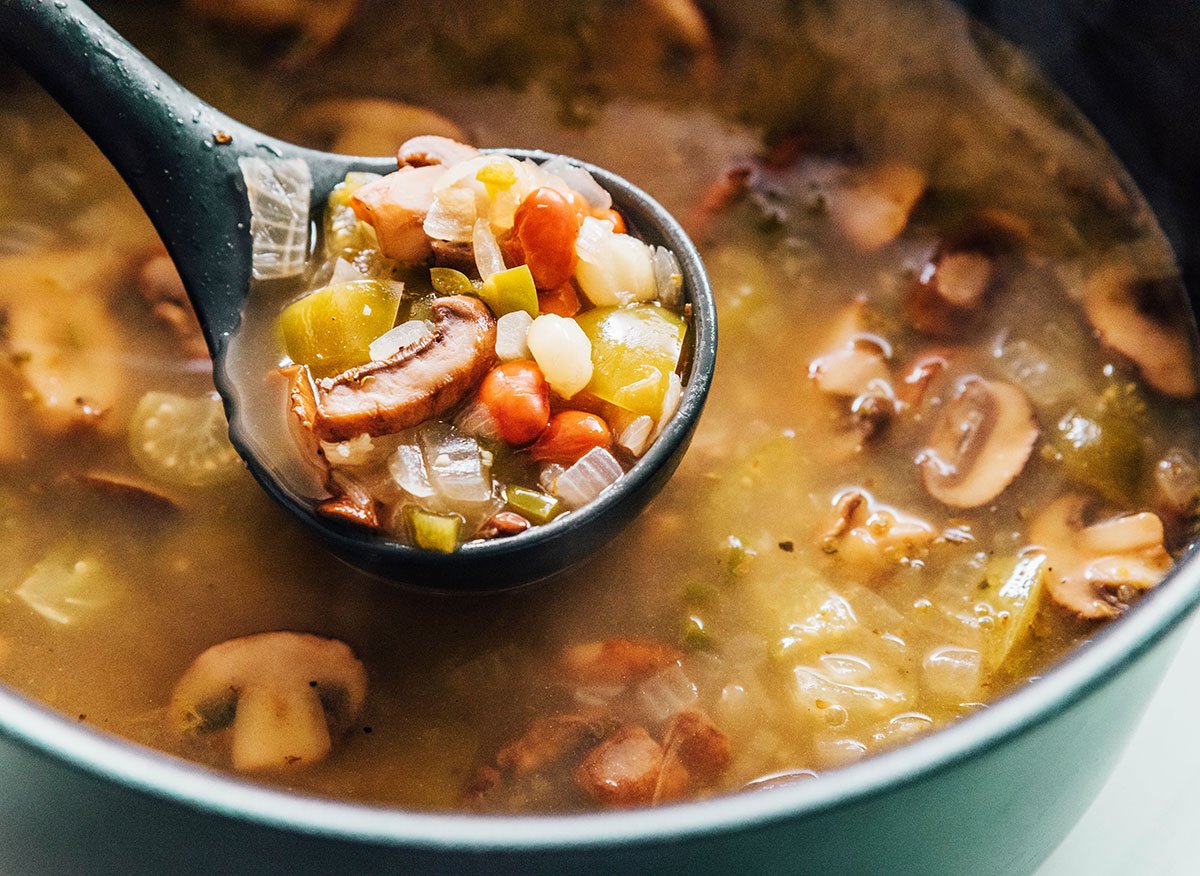
Texture Differences
Texture is another important factor to consider when choosing between black beans and pinto beans. Black beans have a firmer texture that holds up well in soups, stews, and chili. Pinto beans, on the other hand, have a creamier texture that makes them perfect for refried beans, burritos, and other dishes where they need to be mashed or blended.
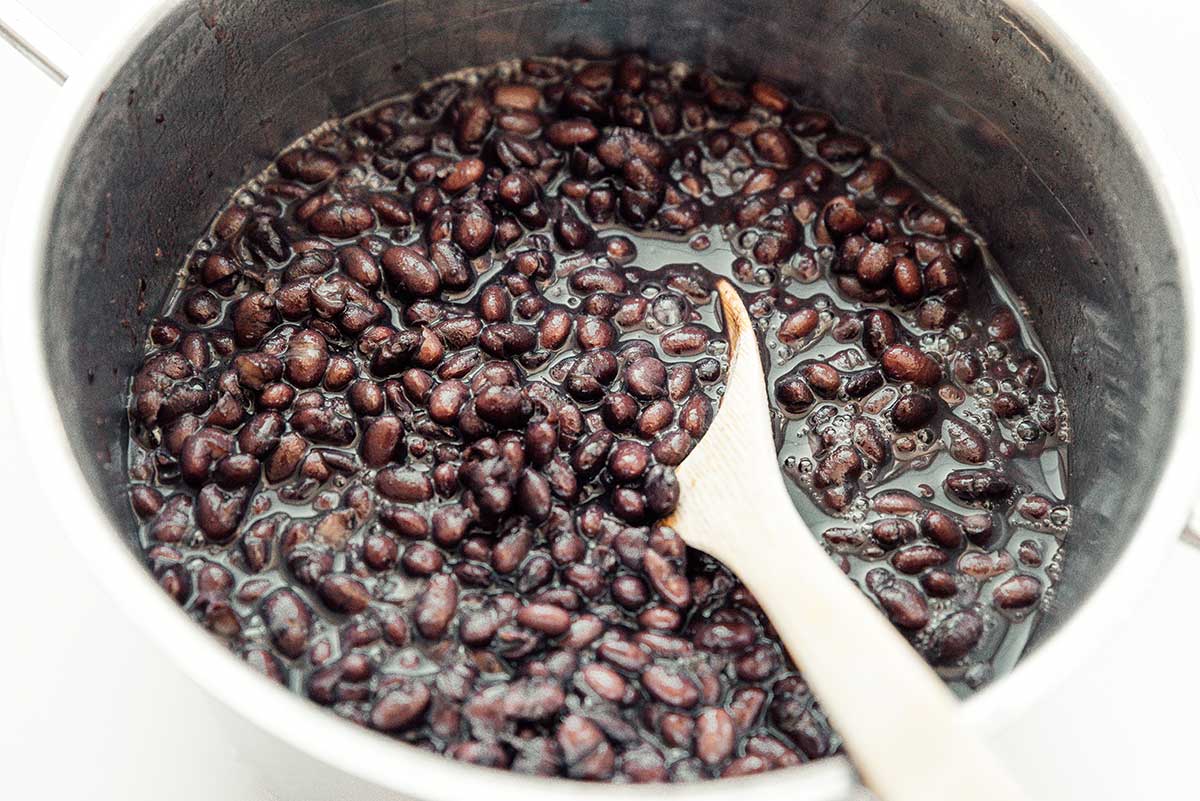
Cooking and Storage
Both black beans and pinto beans are easy to cook and store. You can cook them in a variety of ways, from boiling to pressure cooking to slow cooking. They can also be canned or dried for easy storage. Commercially canned beans are convenient and can be used in a pinch, but dried beans are more economical and allow you to control the amount of sodium in your diet.
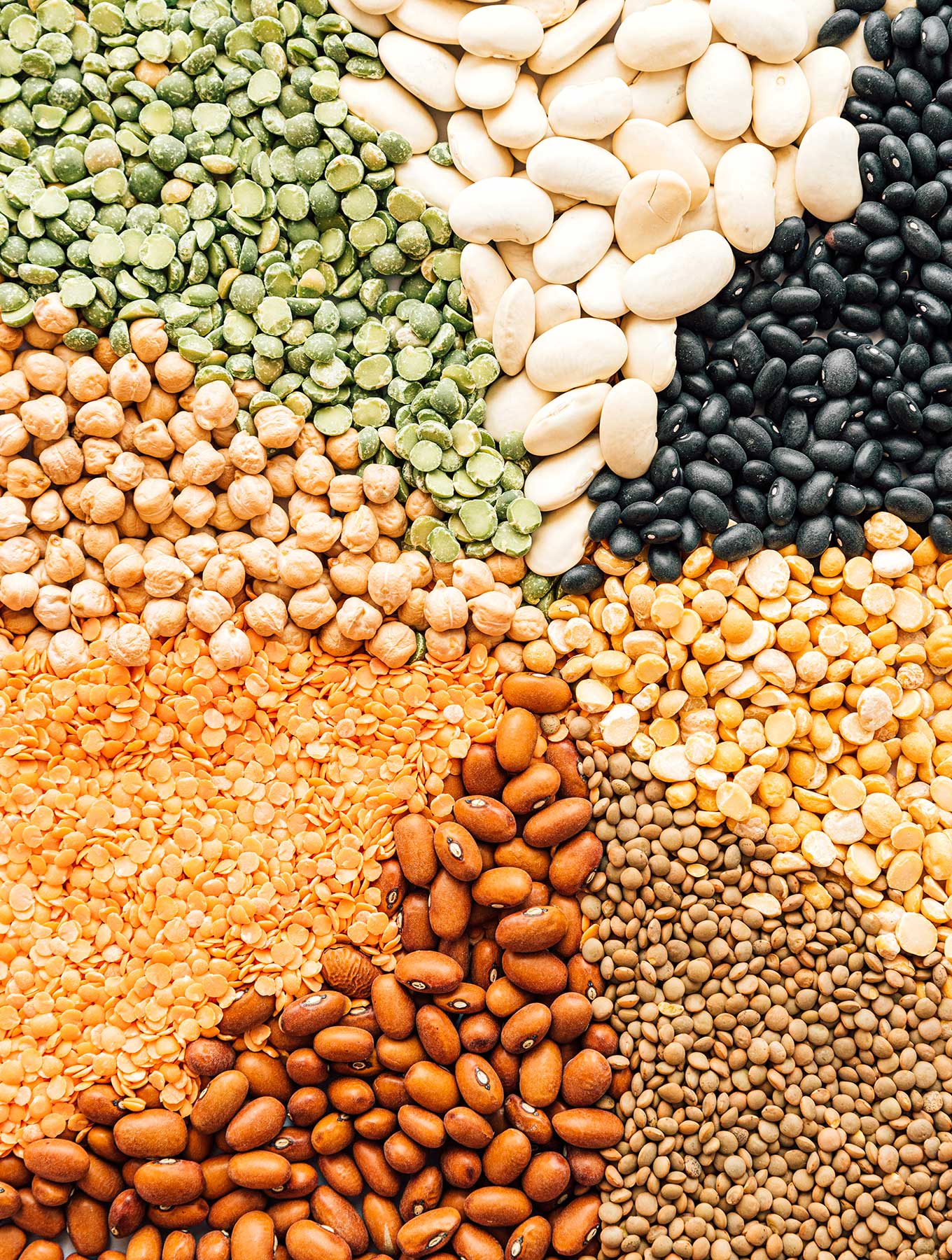
Black Bean vs. Pinto Bean Nutrition
When it comes to nutritional value, both black beans and pinto beans are great sources of protein, fiber, and essential vitamins and minerals.
Both are great options for vegetarian and vegan diets, which can be low in protein if one doesn’t pay attention. Both types of beans also contain iron, folate, and potassium, making them a healthy addition to any diet.
The following nutrition information is per 1/2 cup of cooked beans.
| Black Beans | Pinto Beans | |
| Calories | 114 | 122 |
| Protein | 8 g | 8 g |
| Carbs | 20 g | 22 g |
| Fat | 0 g | 0 g |
| Fiber | 6 g | 7.5 g |
| Iron (% RDA) | 9% DV | 9% DV |
| Calcium (% RDA) | 4% DV | 4% DV |
How Many Carbs in Pinto Beans? 22 grams in a ½ cup serving
How Many Carbs are in Black Beans? 20 grams in a ½ cup serving
How Many Carbs in Refried Beans? 18 grams in a ½ cup serving
Are Pinto Beans Keto? No, with 22 grams of carbs in a ½ cup serving they will get you out of ketosis faster than a teenager runs from the pool when Dad shows up in a speedo.
Are Black Beans Keto? No. While black beans have slightly fewer grams of carbs than pinto beans, they still don’t support a keto diet. Beans complement a vegetarian or vegan diet far better than a keto diet.
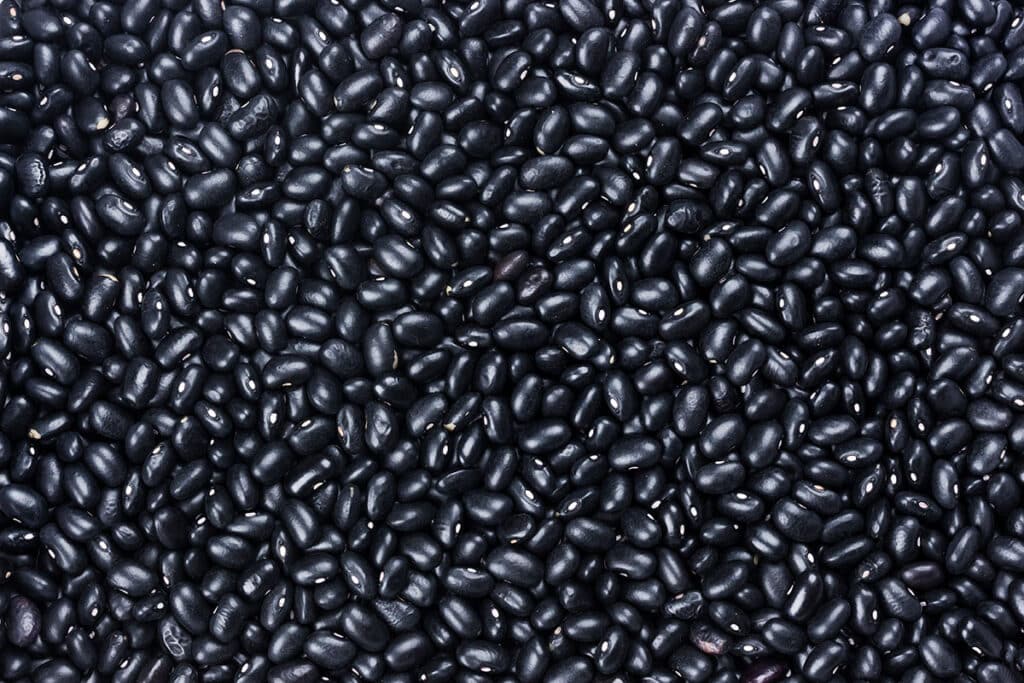
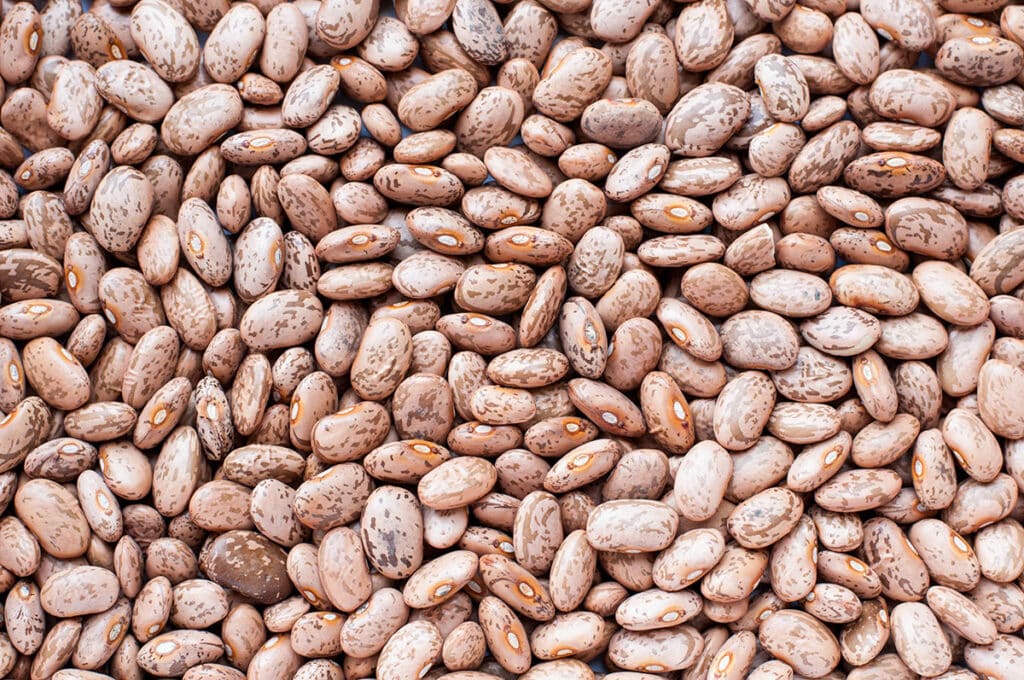
Trivia Answer
Pinto beans have been cultivated for over 5,000 years and originate in Peru.
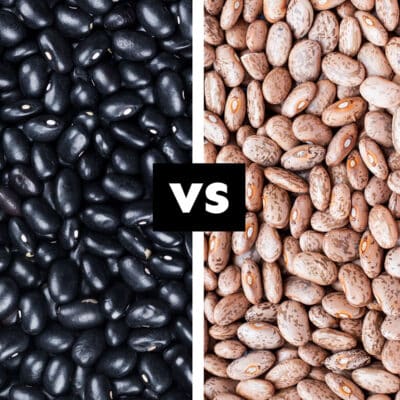
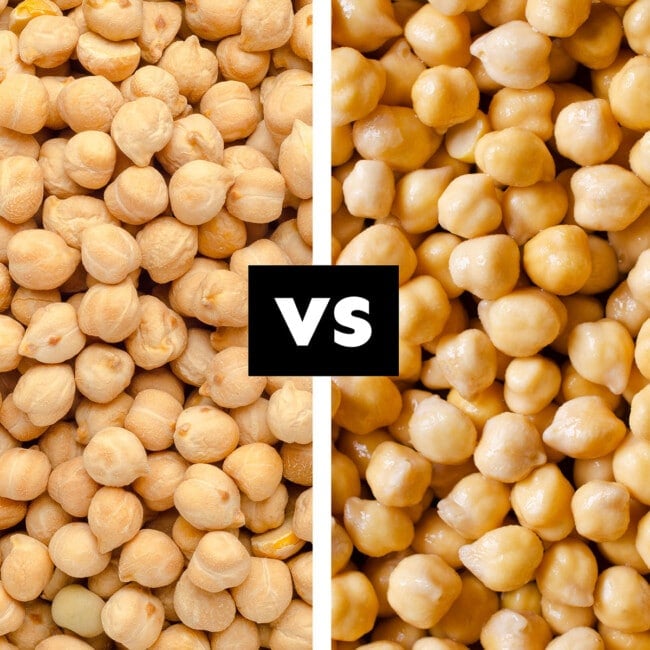
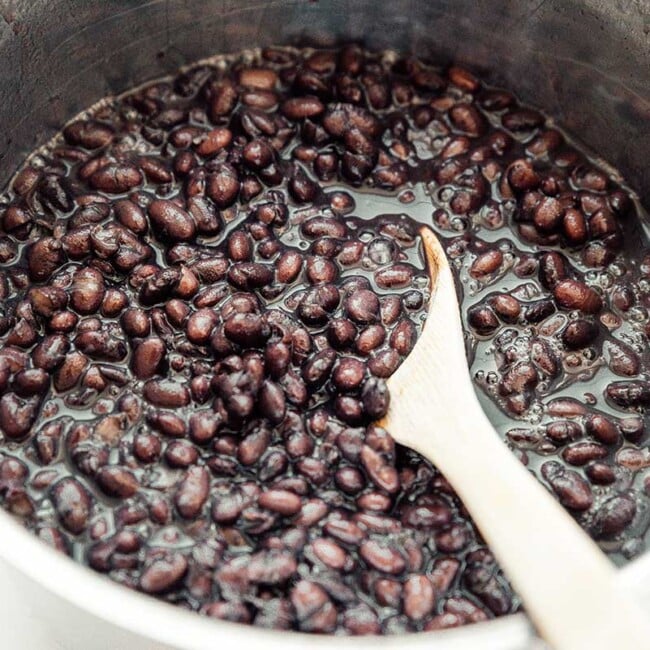
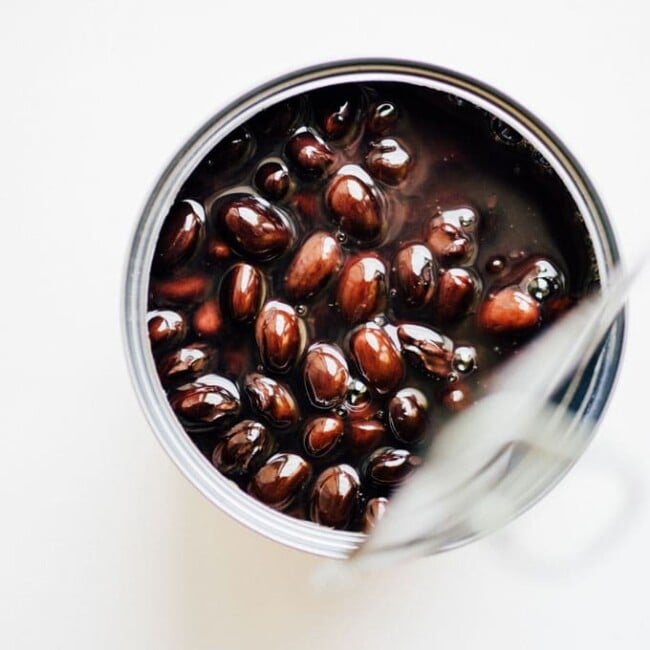
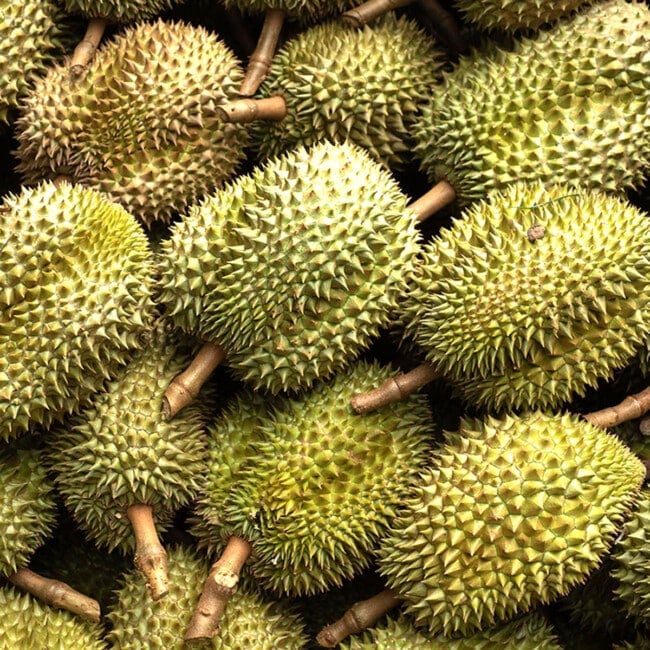
julieta says
love your articles!
Sarah Bond says
So happy to hear it! 😀